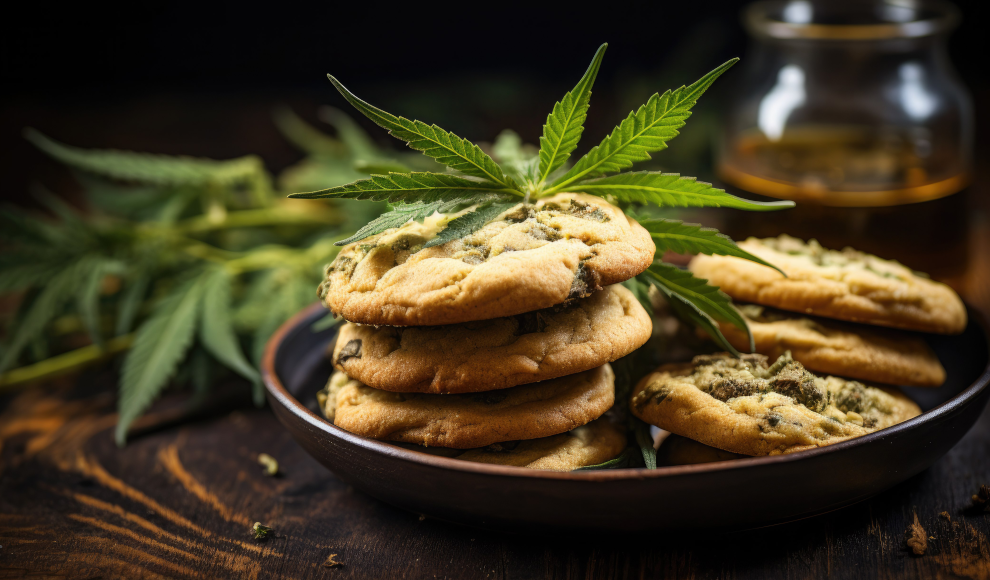The legalization of cannabis often leads to an increase in cannabis poisoning, which is particularly dangerous for children. The problem lies in edible products that children accidentally consume, as well as the higher social acceptance that leads many adults to consume more cannabis. A recent study by the University of Sydney reveals a correlation between the legalization of cannabis and an increase in cannabis poisoning. The risk of cannabis poisoning is particularly high among children, according to the publication in the Addiction journal.
In Germany and many other countries, the legalization of cannabis is controversial. According to a study by the Düsseldorf Institute for Competition Economics (DICE) at Heinrich-Heine-University Düsseldorf (HHU), legalizing the drug would bring the Federal Republic around 4.7 billion euros in additional revenue per year. However, statistics from countries where cannabis can already be legally purchased show that there are more traffic accidents and deaths, and that crime increases in many areas.
The increased availability and use of edible cannabis, such as gummy bears and chocolate, seem to be a significant driver of the increase in poisonings, especially among children. Edible cannabis poses a higher risk of poisoning because people tend to consume larger amounts, and the effects of cannabis take longer to show when ingested rather than smoked. This is concerning because edible cannabis is particularly attractive to children. The symptoms of cannabis poisoning are varied and include lethargy, drowsiness, and dizziness, as well as high blood pressure, rapid heartbeat, and rapid heart rate. In severe cases, cannabis poisoning can lead to a coma.
Although the results of the studies vary, almost all point to an increase in cannabis poisoning after a change in cannabis laws. The likely explanation is that legislation has increased the use of cannabis, which has also increased poisonings. For example, the change in cannabis laws may have increased the perceived acceptance of cannabis, thereby increasing its use. While most studies come from the U.S. and Canada, their results may not apply in other countries.










